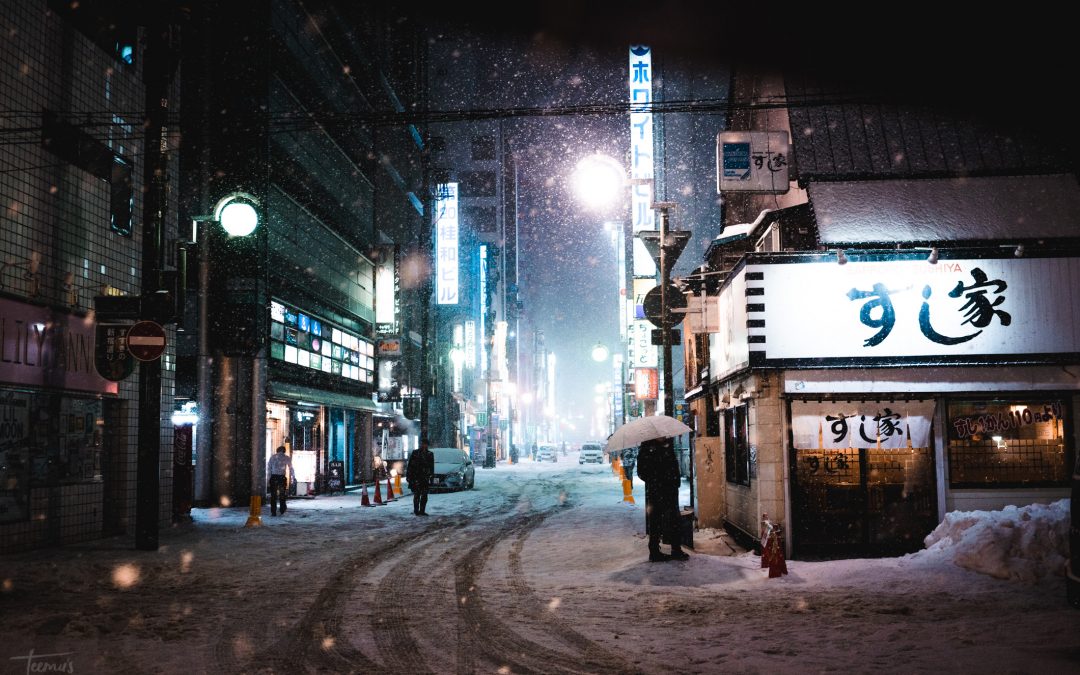If you’ve seen any of my work, you might notice that I do most of my shooting at night. Naturally, I also get asked a lot about my own gear, as well as which camera one should use for this type of nighttime photography. In this article, I will go over a few night photography gear setups I recommend for different budget classes. To be more specific, this article covers street and general night photography - for astrophotography for example, you might want to use slightly different lenses.
In case you’re new to night photography, I have also written this guide about night photography techniques and how to take sharp photos at night. I recommend you read it to gain an understanding on the subject before buying gear.
What makes a good night photography gear set?
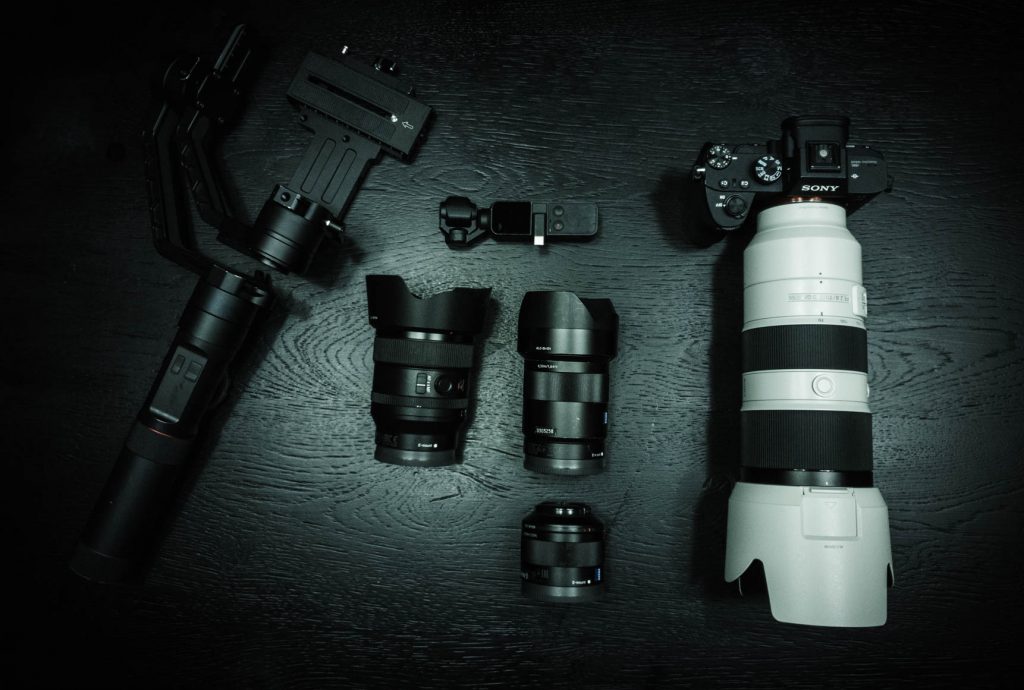
If you’d prefer to listen instead of reading, I also made a video talking about this same thing. See it below:
Briefly before I list a few options, I want to talk about a few of the most important factors a good night photography camera and lens combination should have. As I mentioned above, I talk about this in more detail in the night photography guide - but basically, as for a camera body, you will want to look for 2 things: high dynamic range and image stabilization. And your lenses should mainly be fast primes that are decent wide open.
Contrary to popular belief, it doesn’t much matter which brand you pick - that comes down more to personal preference and what other features you want in your set of gear. You don’t have to shoot Sony for night photography, just as an example. Even though their cameras are one of the best options. But we’ll get to it - below are my suggestions for a starter gear set for a various different range of budgets.
Night Photography Gear for ~$500 or under
(At the end of this article I will outline a few options for $250 and under, but at this point so many compromises have to be made that ideally I’d recommend saving up for this budget class first and just shooting with your phone.)
When budget is relatively tight, you should definitely utilize the used gear market. With a limited budget, I wouldn’t be too concerned about having the latest, best features on your camera, and even IBIS isn’t a dealbreaker. For optimal price-to-performance ratio, I would look at an used Canon or Nikon Full Frame DSLR from a few years ago. You can browse Adorama’s used gear section for some currently available options, or any other offline option you have access to locally. You will likely not get much usable video out of these cameras, but their photo quality is excellent and holds up well, even for cameras that are 10 years old.
Camera Body: Nikon D610 [$300-400]

The Nikon D610 is a full frame DSLR from 2013. The reason I recommend 5-10 year old DSLRs for this budget category over cheap modern mirrorless cameras is because unless you need top notch video, you get to benefit from a full frame sensor and a really excellent semi-professional photo camera for as cheap as $300-$400 when buying used.
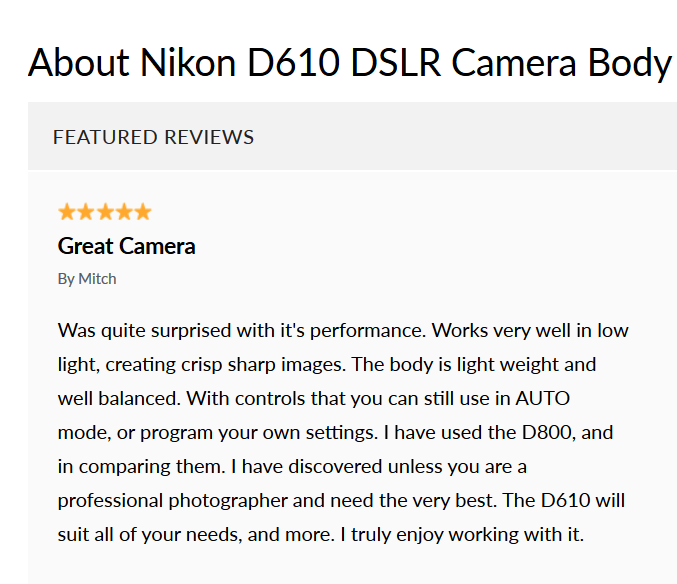
Nikon D610 reviews praise it’s low light capability
Nikon and Canon used to be the indisputable big 2 of the camera world, meaning a lot of these cameras were manufactured on the cheap, keeping costs low. It also means you will have access to excellent lenses on the cheap. Sure, an older DSLR may be heavier and not have fancy touch screens or other quality-of-life improvements featured in brand new mirrorless cameras, but the most important thing - image quality - is not too far off. If you learn how to use it, no one will be able to tell the difference between this and a modern camera. Even for video, it does shoot 1080p at 30fps, which is acceptable. Browse used full-frame Nikon and Canon DSLRs here.
The Canon alternative to this body would be the Canon 5D, but those tend to be slighlty more expensive due to the fact that they’re just a bit more popular. But if you can find one on the cheap, it’s also a great option.
Lens: Nifty-Fifty (50mm f1.8) [$100-200] or other cheap primes
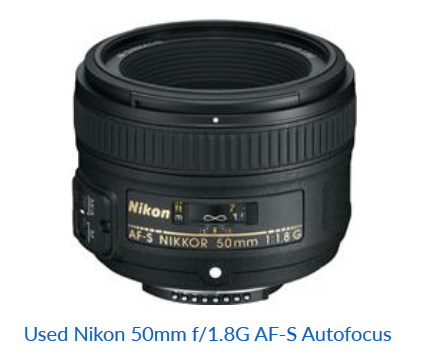
As I mentioned, the fact that these cameras have been manufactured for such a long time and they’ve been using the same lens mount, means that there are a lot of cheap lenses available. If you find your camera body comes with a kit lens, usually it’s a good idea to sell it and switch it for a fast prime lens. Personally, I love the 50mm focal length - it’s suitable for all types of general photography, such as street and portraits. It might be too zoomed in for landscapes however, but even for those, you can just take many photos and create a panorama on Lightroom or Photoshop with one click. The fast f1.8 F-stop of the lens means it lets in a lot of light, even at night, allowing you to keep your ISO setting low enough to keep noise away.
Focal length comes down to personal preference, but there’s another reason to go for 50mm when on a budget - these lenses are typically one of the cheapest types of lenses to make for manufacturers, which means you can get a really high quality lens for a steal of a price. The Nikon and Canon full frame 50s usually go for 100-200 USD on the used market - for any other focal length with similar performance level, expect to pay anywhere from 2 to 5 times as much.
If you decided to go with my recommendation and got a Nikon D610, you can browse Adorama’s used prime lens selection here.
Night Photography Gear for $1000 - $1500
With this budget class, you’ll naturally have a few more options. Of course, one option is to simply go for the above set up, an used full-frame DSLR, and simply spend the remaining cash on an extra lens.
If you have $1000 to spend, I’d still recommend going for an used camera body - the reason being, the camera body isn’t as important as one would think, and by saving money on the body, we can spend more on lenses. However, if you find a good deal on a brand new camera body, that helps you avoid the potential headaches that may come with used gear.
Camera: Sony a7ii [$700-900]
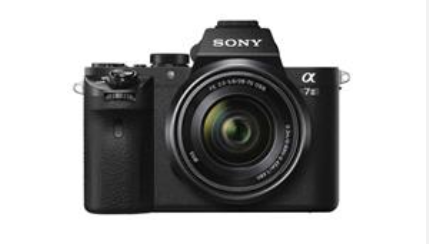
Personally, I am a fan of the Sony a7 camera series. They are a front runner in sensor technology, and their a7 series cameras have truly excellent dynamic range for night photography. They also have built-in image stabilization as well as one of the best autofocus systems out of any brand.
Sony has a complex with developing new a7 models seemingly every 6 months, meaning that their older models, while still excellent cameras, quickly get discounted. For example, the a7ii model is currently going for $989 brand new, with a kit lens included on Amazon. Even if you buy this camera brand new, it is a pretty good deal. Considering you can tell sell the kit lens for at least $100-200 on the second hand market, you will then effectively have gotten this great camera body for about $700-800. You should also be able to find used versions of this camera for a similar price point. See current used deals on Adorama here.
Lenses for Sony a7ii
Vintage Lenses
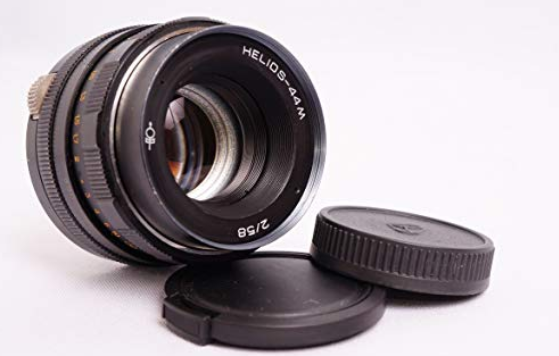
The great thing about full-frame mirrorless cameras is that you can adapt almost any old film camera lens for them for very cheap, often $50-100 per piece. There are too many options to list for this category, but one common choice is the Helios 44-2 - for about $50, you get an awesome vintage lens that takes great unique photos. You will have to learn how to use manual focus though - but even that is not a huge problem, thanks to a very useful focus peaking system on the A7 cameras that makes this easy.
50mm f1.8 [$199]
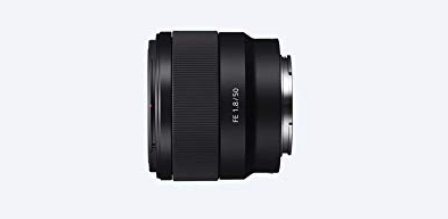
The 50mm focal length is easy for manufacturers, which means the cheapest lenses available are often 50mm primes. Luckily for us, these are great options for night photography, as prime lenses are exactly what you want and the 50mm focal length is perfect for general photography.
The Sony 50mm f1.8 sells for only $199 on Amazon, brand new.
Samyang 24mm f2.8 [$249]
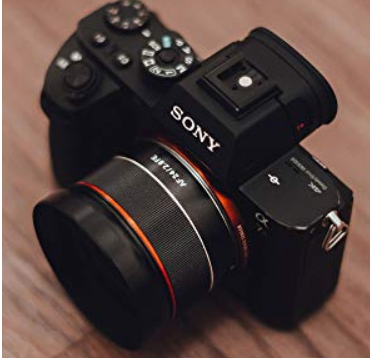
Samyang makes great budget lenses for the E-mount system. The great thing about these lenses is that they are still autofocus-enabled, meaning you don’t have to focus manually. The 24mm f2.8 lens is a great option for a wider night photography lens. f2.8 is a bit on the slower side, but the a7 body compensates, and this being a wider lens means that you can get away with slightly slower shutter speeds, meaning f2.8 is not that bad of an option. It’s available for $249 currently on Amazon.
Night Photography Gear for $1500-3000+
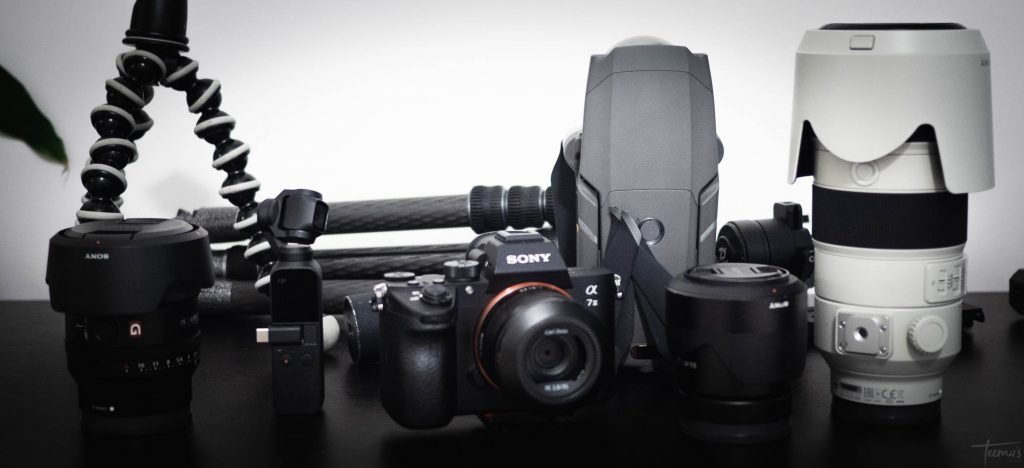
Typically, I still wouldn’t recommend spending this much as a total beginner, simply because you can get started with cheaper options and then upgrade your camera body and lenses as you go along and learn. Specifically, the process of learning photography, at least for me personally, included learning to understand what I was lacking in terms of skill and then learning what could be improved with gear. Therefore, if you start with the best gear, you might miss this step.
That said, if you have the money, I’m not gonna tell you how to spend it as I’m not a communist. For this category, I think I will use my own current gear set as an example.
- Body: Sony a7iii or whatever the latest sony body is at the time you read this
- Lenses: 55mm f1.8, 24mm f1.4, 85mm f1.4 or 70-200mm f2.8.
You can read more details about what I use, and why, on this article
Night photography gear for $200-250
If you don’t have more than $200 to spend, things get a bit trickier and much more limited. However, if you optimize your budget and learn exactly how to use your camera and shoot at night, you can still take great photos. After all, photography is still 90% about the skill of the photographer, and the more your gear sucks the more clearly this gets displayed.
Camera Body: Fujifilm X-E2 or another used older mirrorless camera

When researching for this article, I thought the best choice would be old beginner aps-c DSLRs, such as the Canon Rebel series. While a decent option, prime lenses for these bodies turned out to be surprisingly expensive. So rather than shooting an old beginner dslr with a crappy 18-55mm kit lens, I’d recommend looking into the used older mirrorless camera market.
While browsing the above page, I noticed some older Fujifilm mirrorless camera bodies were selling for surprisingly cheap. Likely because Fuji also likes to update their camera bodies often, and they have many different versions of their bodies, meaning the ones from 4-5+ years ago quickly get discounted by a lot.
I’d recommend grabbing a cheap used Fujifilm mirrorless body over micro four thirds, because MFTs are not that great in low light, especially the older models. The Fujis use APS-C sensors, which helps with ISO performance a bit.
Lens - Meike 25mm F1.8 x-mount
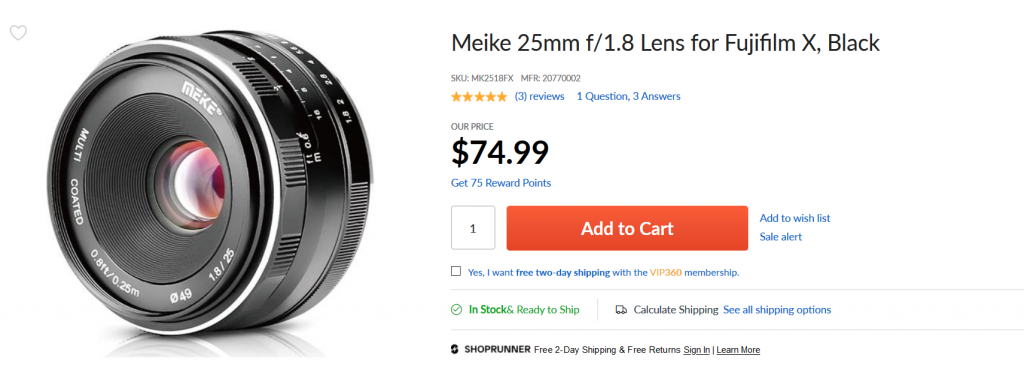
This is the cheapest prime I could find for the X-mount that seemed like a decent option, considering the price point. This doesn’t seem like a super common lens, but if you can find it used, that is obviously even better still. For just over $200, one can buy an used X-E2 with this Meike 25mm, which is not a bad night photography set up at all, considering the budget. Due to the crop factor, the full frame equivalent of this lens comes out at a pretty weird 37mm, but it’s an acceptable generic all-purpose prime for night photograpy.
Another option is apadted film lenses - the price point will be pretty similar.
And of course, once you get more experience, you can always update to a more modern fuji body and lens combo, as the Fujifilm mirrorless cameras are generally great systems for all types of photography.
I hope the article was useful. Here are a few related pages on the topic of night photography:
